Sustainable data centers as a service
The future wind power needs strong foundations
Everyone is talking about sustainable energy production, but not many are aware of all the work required before the turbines of a wind farm can be erected. The infrastructure construction of a wind farm is a precise process including various tasks from geotechnical surveys to the geometry of the curves of forest roads.
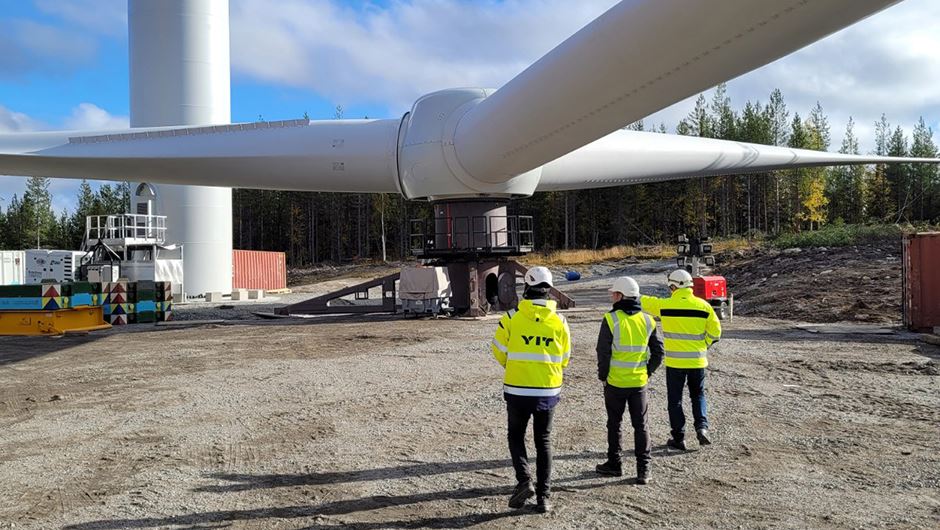
A herd of reindeer is an unusual reason for delays in an infrastructure specialist’s work. However, in recent years, Project Manager Ville Nevala has more than once found himself sitting behind the wheel, waiting for a long line of reindeer to pass.
Currently in his thirties, Nevala was assigned to the reindeer management area in Västernorrland County, Sweden to work as a project engineer for an infrastructure construction project. His job was to coordinate the massive Stavro wind farm project, in which YIT was responsible for the wind farm’s infrastructure, in other words roads and lifting areas, foundations and a medium-voltage network for 62 wind turbines and two power stations.
Ecological wind power is the energy of the future. Despite people’s interest in wind power, not many realise everything it takes to set up wind turbines that can produce electricity. Even the herd of reindeer blocking Nevala’s way was walking on a road planned and then built by YIT for the future wind farm.
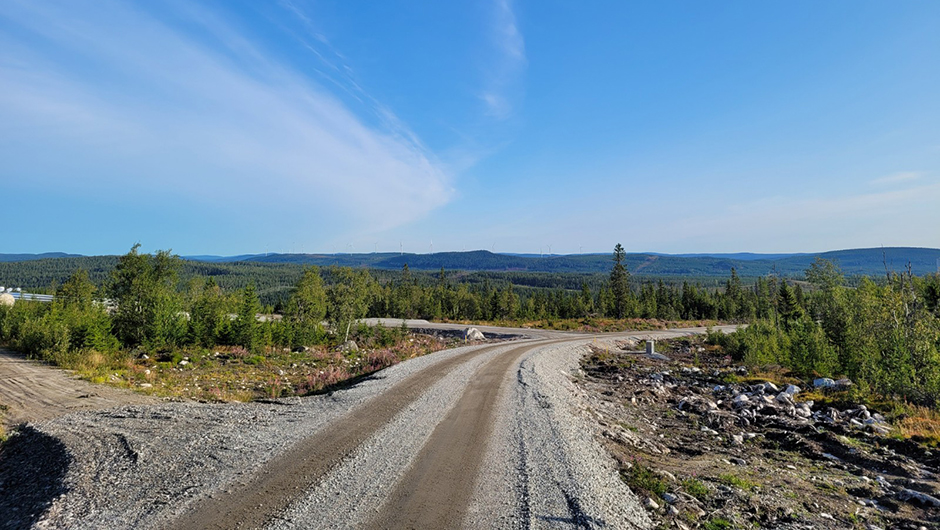
Location, location, location
At Stavro, Nevala was able to work on all the phases of the BoP (Balance of Plant) wind farm project as YIT both designed and built the infrastructure of the project. The Stavro wind farm was completed at the end of last year, and it now produces carbon neutral energy for the Swedish grid.
An extensive wind farm development project like Stavro takes years of thorough planning. First, you need to find the right location for the wind farm. There are many factors to consider: what are the wind conditions? Are there people living in the area and is the local nature protected? What are the municipal residents’ and politicians’ attitudes towards wind power? How easy will it be to connect the wind farm to the grid?
Once the right location has been found, the project developer negotiates the terms of contract and compensation with the land owner. Next, the project is submitted to the municipal zoning process which includes an assessment of the project’s environmental impact and a chance for the municipal residents to comment on the zoning. If everything goes well, the project receives a building permit and the infrastructure planning can begin.
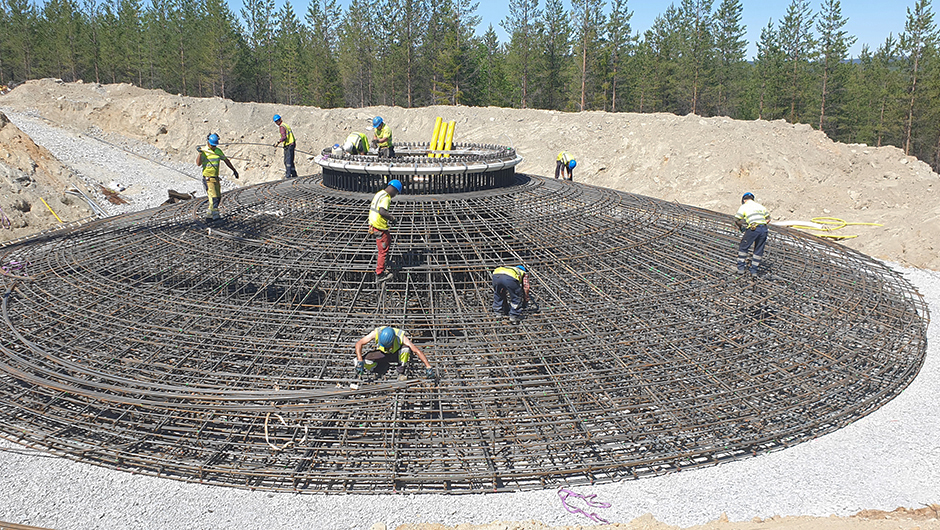
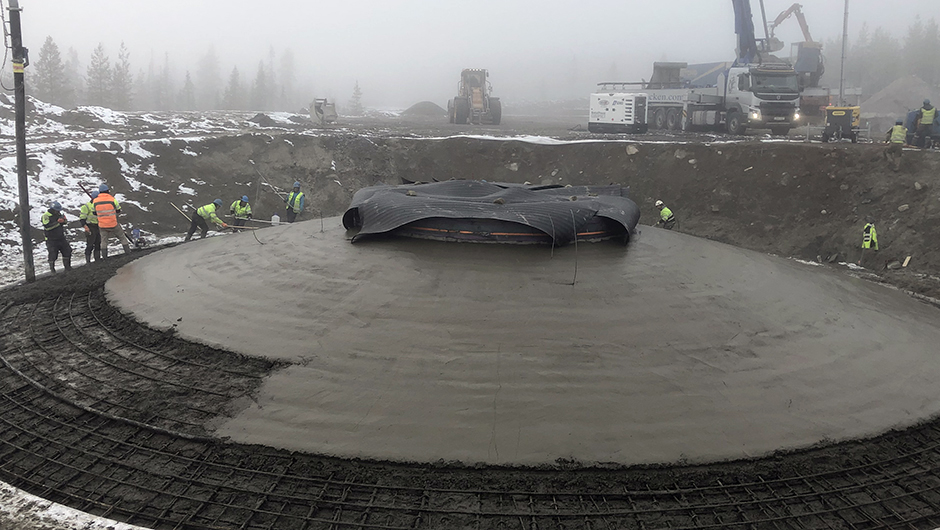
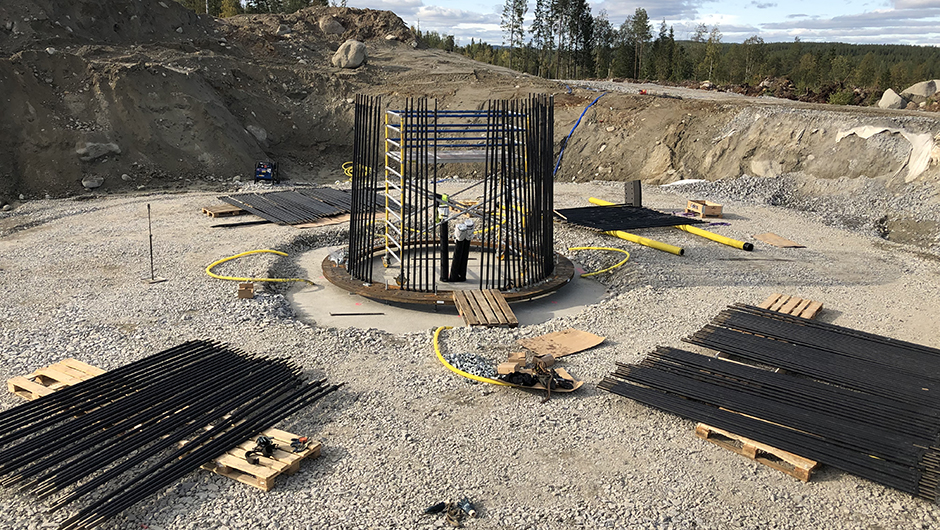
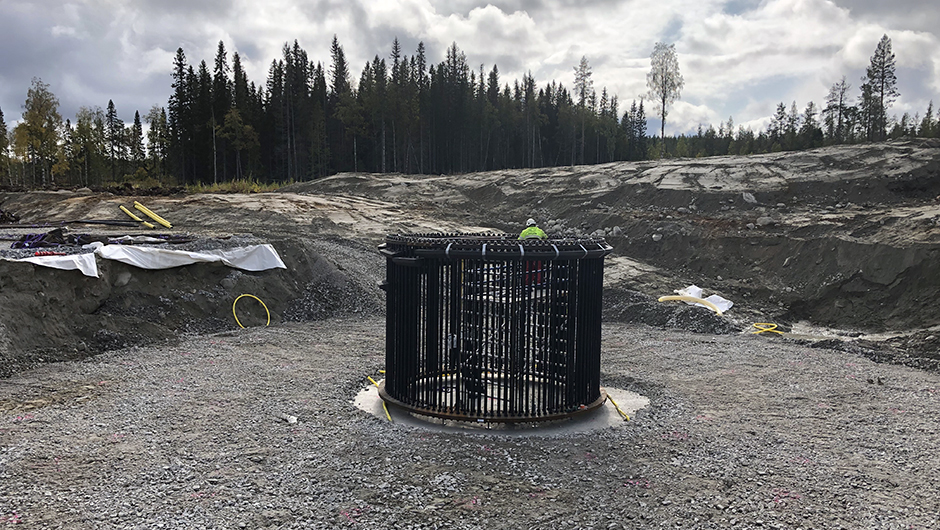
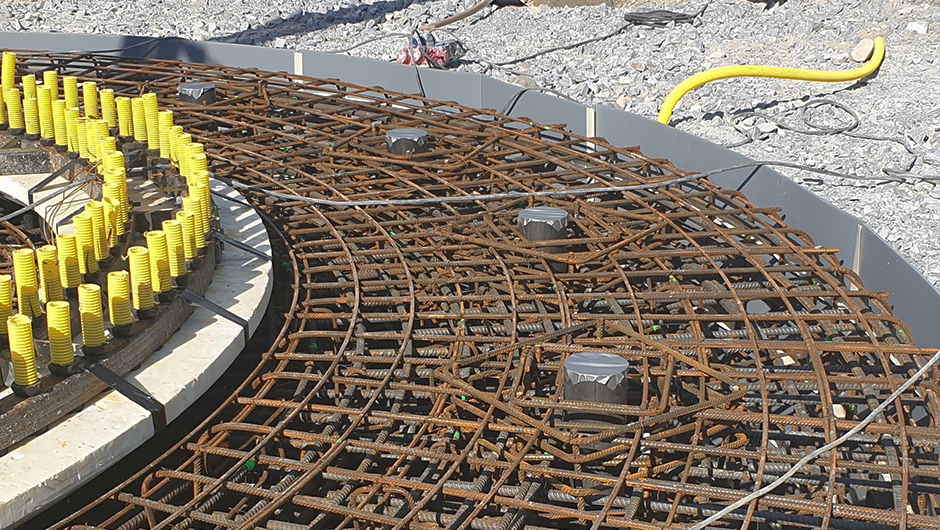
The future of the turbines depends on the infrastructure phase
“When moving on to the infrastructure construction, the first thing to do is to examine the ground,” says Nevala.
“We test the load-bearing capacity of existing forest roads with geotechnical surveys and study the turbine locations and lifting areas with borehole samples. We find out what needs to be done with the ground and whether the plans need to be changed if there is a lot of clay or a wetland, for example. Trees also need to be felled to make room for new roads and lifting areas.”
According to Nevala, the actual infrastructure construction is divided into five sections: route construction, foundations, lifting areas, distribution substation and underground cabling.
First, the routes in the area are fixed by building new roads or improving the load-bearing capacity of the existing roads. A soft forest road cannot sustain the transportation of heavy wind turbines. The geometry of the roads must be designed to allow the long blades to manoeuvre around the corners.
Before they can be erected, the wind turbines need sturdy concrete foundations to ensure that even the strongest winds cannot knock them down. Moreover, in order to erect the turbines on the foundations, you need large cranes that require the construction of a lifting area spanning hundreds of metres.
To harness the energy produced by the turbines as electricity for the national grid, you need to build one or several distribution substations. The power travels from the turbines to the distribution substation via underground medium-voltage cables that also need to be installed as part of the infrastructure project.
The turbines cannot be erected and connected to the grid until the infrastructure is completed.
“From the client’s perspective, it is important to complete the farm on time as each minute of being connected to the grid produces electricity. I’m proud to say that we had no delays in Stavro,” Nevala says.
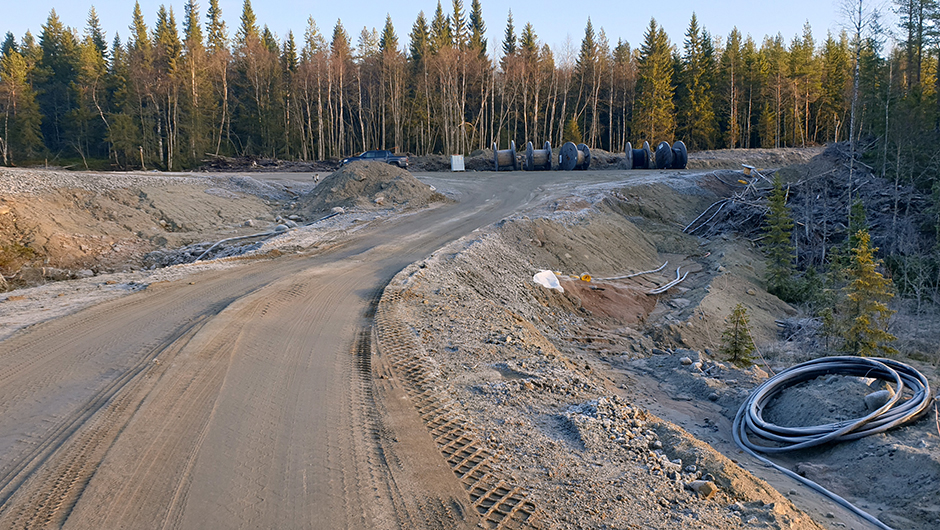
Steady and reliable turnkey projects
YIT is one of the rare construction companies in Finland that both develop wind farm projects and build their infrastructure. At the moment, YIT is building a wind farm in Murtomäki, in the municipality of Pyhäjärvi.
“It’s a project developed by YIT and currently owned by Ålandsbanken. We are building the entire project from start to finish with a turnkey delivery, and the client will receive a fully functioning wind farm exactly as agreed,” says Jouni Hyvärinen, Vice President, Foundation and Industrial Engineering at YIT.
From the client’s perspective, YIT’s strengths in building wind farms lie in reliability and steadiness. Finding an operator that is able to carry out all the work related to the wind farm to its full extent in a competitive and cost-efficient way, taking into consideration safety and the environment, is quite unique.
“Carbon neutral energy is the future. Our society must work persistently to abandon fossil fuels, and wind power is an excellent part of the solution,” says Hyvärinen.
The property taxes of wind farms bring a steady income to municipalities in the production phase of the farms. The construction phase, in turn, brings work to the local businesses, not only in the construction and machine contracting industries but also in the service and accommodation sector. The professionals involved in the projects are also motivated by the construction of future energy solutions.
“Participating in sustainable energy production gives me a sense of meaning and fulfilment in my work,” says Nevala.
YIT earthworks and foundation engineering



